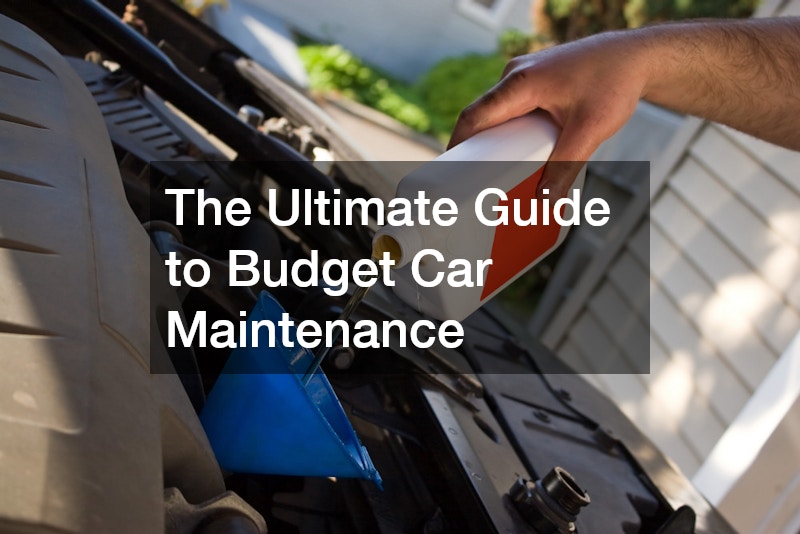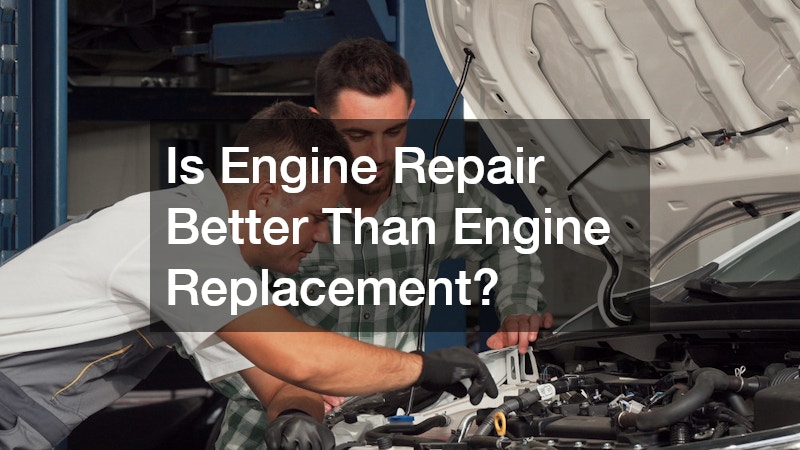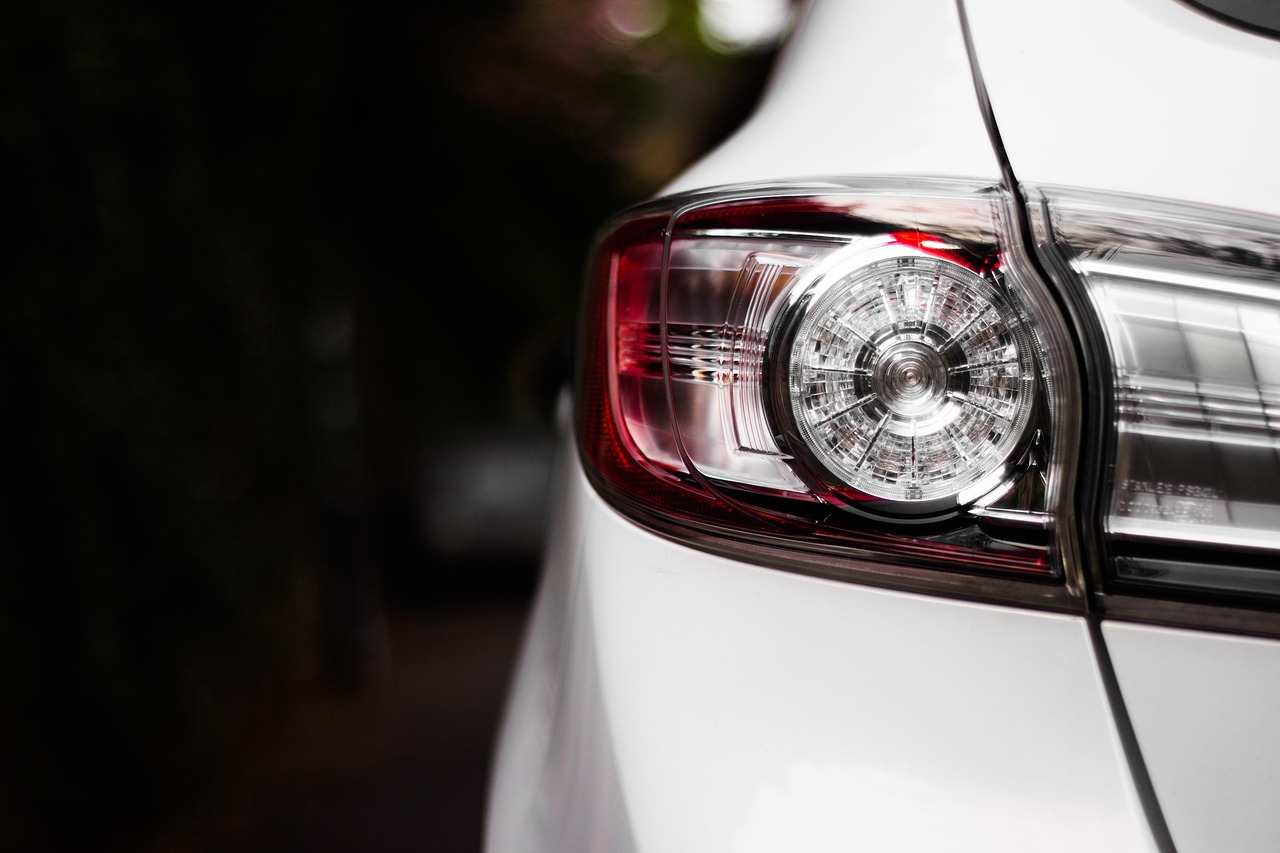Saving Money on Car Maintenance
Car maintenance is a necessary part of vehicle ownership, but it doesn’t have to break the bank. For many, navigating the world of auto care can seem overwhelming, especially when trying to balance quality with affordability. Fortunately, budget car maintenance strategies can make it easier to keep your vehicle running smoothly without exceeding your financial limits. By focusing on regular upkeep, preventative measures, and knowing when to seek professional help, car owners can maintain their vehicles efficiently and extend their lifespan. This guide will offer practical advice and insights into how drivers can save money on essential services while ensuring their cars remain in excellent condition.

Understanding the Basics of Budget Car Maintenance
Maintaining your vehicle on a budget begins with understanding the fundamental aspects of car repair. Routine check-ups and general upkeep are vital for catching minor issues before they become costly repairs. Simple tasks like changing your oil, checking tire pressure, and keeping an eye on fluid levels can extend the life of your vehicle while minimizing expenses. Car owners should familiarize themselves with the recommended maintenance schedule provided by their manufacturer, as following these guidelines will help prevent unexpected breakdowns.
More specifically, addressing basic car repair needs doesn’t always require a visit to the mechanic. Many simple maintenance tasks can be performed at home, such as replacing windshield wiper blades or changing air filters, both of which contribute to better car performance and safety. By learning to handle these minor repairs yourself, you can save on labor costs, which are often the most expensive part of any repair bill. This approach allows for a more hands-on role in budget car maintenance, ensuring you stay within your financial means while keeping your car in optimal condition.
Setting a Realistic Maintenance Budget
A crucial element of budget car maintenance is establishing a realistic financial plan for vehicle upkeep. Creating a budget specifically for maintenance expenses allows car owners to prioritize necessary services and avoid financial surprises. By allocating funds for both routine maintenance and unexpected repairs, you can stay on top of your car’s needs without experiencing significant financial strain. Regularly setting aside a portion of your budget for services like oil changes, tire rotations, and brake inspections will help keep costs predictable and manageable over time.
When planning for auto body service in particular, it’s important to consider both immediate and long-term costs. Services such as fixing dents or addressing paint damage can enhance the appearance of your vehicle and prevent rust, but they can also be costly if neglected for too long. Budgeting for these types of services ensures that when the time comes, you’ll be financially prepared to address them without compromising your overall budget car maintenance strategy.

Prioritizing Essential Car Services
When it comes to budget car maintenance, not every service is of equal importance. Prioritizing essential services is crucial for maintaining the performance and safety of your vehicle. Key areas, such as your brakes, tires, and engine, should always take precedence over cosmetic or non-essential repairs. Focusing on these vital components ensures that your car remains safe and functional. Skipping necessary maintenance on these parts could result in expensive breakdowns or accidents, which would far outweigh the cost of routine check-ups.
Specifically, forming a strong relationship with a reliable mechanic can be one of the most cost-effective decisions for long-term car care. Mechanics can provide expert insights into what services are necessary versus what can be postponed or handled on your own. For instance, while some repairs, such as brake pad replacements or oil changes, should be done professionally, other minor tasks, like replacing light bulbs or checking tire pressure, can be handled with minimal expertise.
Saving Money on Routine Oil Changes
Oil changes are one of the most routine aspects of car maintenance, yet they’re vital to ensuring the longevity of your vehicle. Regular oil changes keep your engine running smoothly by lubricating its moving parts, reducing friction, and preventing overheating. Skipping or delaying this service could lead to engine wear and costly repairs. For those focused on budget car maintenance, scheduling oil changes at appropriate intervals is a simple but effective way to extend the life of your vehicle without incurring unnecessary costs.
When it comes to more specific maintenance needs, such as performance transmission upkeep, there are additional ways to save money. While transmission services are typically less frequent than oil changes, they are no less essential. Keeping your transmission fluid clean and topped off prevents excessive wear on this critical component, helping you avoid more expensive issues down the line. Some mechanics offer package deals that include oil changes, transmission checks, and other routine maintenance in one visit, making it a more budget-friendly way to stay on top of your car’s needs.

Affordable Tire Maintenance Strategies
Tire maintenance is a key part of budget car maintenance that shouldn’t be overlooked. Properly maintained tires improve your car’s fuel efficiency, handling, and overall safety. Simple tasks like checking tire pressure, rotating your tires, and ensuring they’re properly aligned can extend the life of your tires and reduce the need for early replacements. Many tire shops and service centers offer free tire pressure checks or rotations when you purchase new tires, making these essential services more affordable. Keeping up with tire maintenance not only saves money but also improves vehicle performance, allowing you to get more mileage out of each set of tires.
Additionally, tire maintenance often goes hand-in-hand with auto brake repair. Worn tires can put extra strain on your brakes, leading to more frequent repairs. By investing in affordable tire maintenance strategies, such as regular rotations and balancing, you can reduce the wear on your brakes and minimize the need for expensive repairs. Addressing both tire and brake maintenance together ensures your car remains safe and efficient while keeping costs under control.
Cost-Effective Brake Inspection and Repairs
Brake maintenance is one of the most critical components of vehicle safety, and it can also be a significant expense if not handled properly. Regular brake inspections allow drivers to catch potential issues early, such as worn brake pads or leaking brake fluid, both of which can lead to dangerous driving conditions. For those focused on budget car maintenance, sticking to a regular brake inspection schedule is key to preventing more costly repairs down the line. Many service centers offer affordable brake inspection services, often included in general maintenance packages, which can help identify and resolve problems before they become major expenses.
Specifically, when discussing cost-effective brake repair, it’s important to consider how other aspects of your car’s condition can impact your brakes. For example, issues like auto dent repair may not seem directly related, but they can affect your vehicle’s alignment and, consequently, its braking performance. Addressing dents and alignment issues promptly helps reduce uneven wear on your tires and brakes, ultimately lowering your maintenance costs.

DIY Maintenance: What You Can Do at Home
One of the best ways to save on budget car maintenance is by learning to perform simple repairs and maintenance tasks at home. Many car owners can handle basic tasks like changing the oil, replacing windshield wiper blades, checking tire pressure, and even swapping out air filters. By taking a hands-on approach, you can reduce the need for frequent trips to the mechanic and avoid paying for labor costs associated with these simpler tasks. Additionally, having a basic set of tools and understanding your vehicle’s maintenance schedule can help you stay proactive about care and repairs. For those aiming to keep maintenance costs low, DIY tasks are an excellent way to stretch your budget without compromising on vehicle performance.
However, it’s essential to know when professional help is necessary, especially for more complex issues such as collision repair service. While it might be tempting to try to handle larger repairs on your own, such as fixing body damage from an accident, these tasks often require specialized knowledge and equipment. Attempting these repairs without the right expertise can lead to more damage and higher costs in the long run. Knowing the limits of your DIY skills and balancing them with professional services is key to an effective budget car maintenance strategy.
Finding Discounts on Car Parts and Services
Finding ways to save on car parts and services is essential for budget car maintenance, and one effective strategy is to actively seek out discounts, promotions, and coupons. Many auto shops and retailers offer seasonal deals on services like oil changes, brake inspections, and tire rotations, as well as discounts on essential parts like filters, batteries, and tires. Some mechanics and auto body repair shops also provide discounts for first-time customers, loyalty programs, or bundled service packages, which can lead to significant savings over time. Taking advantage of these opportunities ensures that you’re able to stick to your maintenance schedule without overspending, making it easier to maintain your vehicle’s health on a budget.
When it comes to specific needs like auto body repair, seeking discounts is equally important. Damage from accidents or wear and tear can be expensive to fix, but finding a reputable shop that offers promotions can drastically reduce the cost. Some shops even partner with insurance companies to provide discounted rates for repairs. Additionally, you can often save money by opting for used or aftermarket parts, which are typically cheaper than new, manufacturer-provided components.
Managing Unexpected Repair Costs
Even with careful planning, unexpected repair costs can arise and significantly impact your budget. Whether it’s a sudden mechanical failure or unforeseen damage from an accident, these repairs can be costly if you’re not financially prepared. The key to managing these expenses within a budget car maintenance plan is to set aside an emergency fund specifically for such situations. By consistently saving a small amount each month, you’ll have the resources to cover unexpected repairs without derailing your entire financial plan. Additionally, keeping up with routine maintenance can help prevent many surprise repairs, further reducing the financial burden of unforeseen issues.
In some cases, vehicle wrap services can offer an unexpected solution to managing repair costs. For example, if your car sustains cosmetic damage that would typically require a full paint job, a vehicle wrap can be a more affordable option. This alternative not only covers up scratches and dents but also provides a layer of protection against future damage, helping to extend the life of your car’s exterior.
Scheduling Regular Maintenance for Long-Term Savings
One of the most effective ways to save money on car maintenance is by sticking to a regular service schedule. Routine check-ups, such as oil changes, tire rotations, and brake inspections, help keep your vehicle in top condition and prevent larger, more expensive issues from developing. Adhering to your car’s manufacturer-recommended maintenance schedule ensures that all components of your vehicle receive proper care, reducing the likelihood of costly repairs down the road. Scheduling regular maintenance also allows you to budget more predictably, as these services are typically less expensive than emergency repairs or replacements. Regular upkeep is a cornerstone of any budget car maintenance plan, ensuring that your car stays in good shape while minimizing unexpected expenses.
In addition to routine mechanical services, there are other ways to maintain your car affordably in the long term. For instance, auto window tinting services can help protect the interior of your car from sun damage, which in turn reduces the need for interior repairs and keeps your car looking new for longer. Window tinting also helps regulate the temperature inside your vehicle, which can improve fuel efficiency by reducing the need for excessive air conditioning use.
Maintaining New Car Changes
Budget car maintenance is about more than just saving money in the short term—it’s about adopting a comprehensive approach to vehicle care that allows you to extend the life of your car without overspending. By understanding which services are essential, performing DIY maintenance where possible, and taking advantage of discounts, car owners can maintain their vehicles affordably and effectively. Regular maintenance, coupled with an emergency repair fund, ensures that unexpected costs don’t throw off your financial plans.






